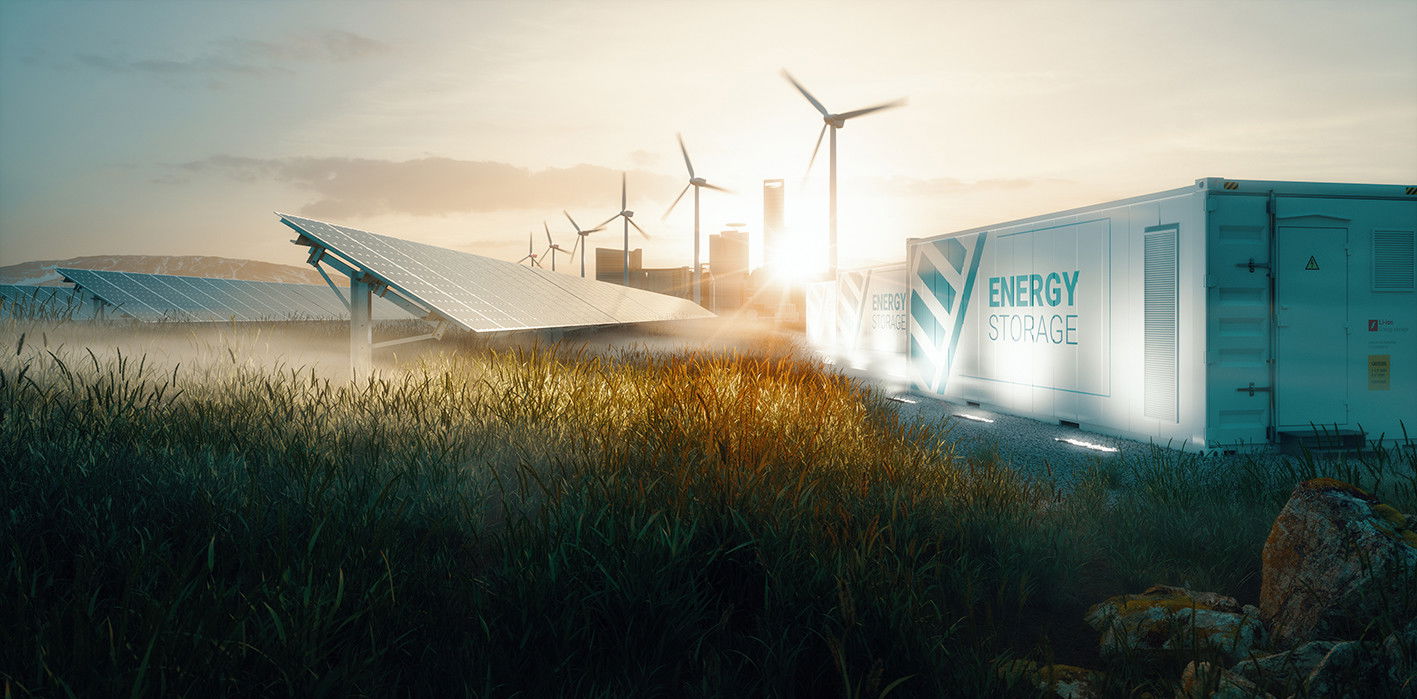Hydrogen – Fuel of the Future?
11. janvier 2022

Faced with climate change and general demand for sustainability in an energy sector driven by renewables, there is currently a large amount of research into and development of alternative energy sources and fuels. This is the background from which the EU Hydrogen Strategy emerged, and is making hydrogen a central pillar in the fight against climate change. As such, hydrogen is being considered the potential fuel and energy source of the future. However, alongside its political and structural hurdles, this new course of action also brings technical challenges with it.
Sustainability
The sustainability of hydrogen is heavily dependent on how it is produced, i.e. what type of energy is used to produce it. The basic difference is between grey and green hydrogen. Grey hydrogen is produced using energy from fossil fuels, meaning it isn’t carbon neutral. By contrast, green hydrogen is produced through electrolysis, i.e. splitting water into hydrogen and oxygen, using electricity from renewable sources. Green hydrogen will play an increasingly significant role in the coming phases of the energy transition. For the moment, however, green hydrogen is very costly to produce and can’t yet be generated in large quantities. This type of hydrogen will therefore most likely be imported from countries with the potential for generating energy from renewable sources such as solar or wind power. Green hydrogen is expected to be used to help cover energy requirements during periods of peak demand on the power grid. Experts believe that the technology will play a pivotal role in combating climate change.
What is hydrogen?
Hydrogen is the lightest chemical element in the universe. It has many positive properties, as well as a few negative, even dangerous ones. One of hydrogen’s simultaneously positive and dangerous characteristics is its chemical reactivity, while its high level of permeability also poses a challenge. «Permeability» means that hydrogen is able to «pass through» other materials such as stainless steel. The scientific term for this process is «diffusion».
Materials that come into contact with hydrogen must therefore meet particularly stringent requirements. This fact is what gives pressure transmitters manufacturers one of our biggest collective headaches. What materials can we use to ensure that our pressure transmitters have the best possible service life? At what point does it start to jeopardise the safety of the system as a whole? And how long do your measurements stay sufficiently accurate?
Hydrogen applications
Pressure transmitters are used at every point along the hydrogen production and supply chain. The pressure of the hydrogen medium has to be monitored at every process step; from production and transport to final use. That said, there are significant differences in terms of the requirements and specifications on the measuring device. Hydrogen gas can be transported through pipelines or with HGV tankers. The gas is transported through pipelines at low pressures ranging between 25 to 80 bar; by contrast, pressures of up to 350 bar can be measured when hydrogen is transported via HGV.
Hydrogen must be stored in highly pressurised tanks when in use; the pressure in these tanks is kept at 350 bar or between 700 and 900 bar. The pressure difference here depends on whether the hydrogen is being used in HGVs/buses (350 bar) or in smaller vehicles (700 / 900 bar). The hydrogen is compressed to a pressure calculated at 950 bar at the refuelling station in order to fill these vehicles. Even small deviations in the measurement can cause considerable losses for the operator or even the customer.
Despite these differing fields of application, each pressure transmitter must satisfy the following requirements:
• Accuracy
• Longevity
• Safety / intrinsic safety
The KELLER solution
A pressure transmitter based on piezoresistive technology has a stainless-steel diaphragm behind which oil is found. As already mentioned, permeability is one of the problems to contend with when it comes to dealing with hydrogen; the gas can easily diffuse through the steel. Even small amounts of hydrogen behind the stainless-steel diaphragm can result in inaccurate measurement results, and can even destroy the sensor itself.
Scientific studies have found that gold is far less permeable than stainless steel. As such, one tried-and-tested solution is to coat the steel diaphragm with gold and thus significantly slow down the rate of penetration.
The parts of the pressure transmitters that come into contact with the diaphragm are completely free of elastomers. The transmitter is fully welded inside, and the point between transmitter and measuring point is sealed metallically.
The sensor is cleaned with an oil- and grease-free solution, thereby preventing the entire hydrogen system from becoming contaminated. What’s more, all our hydrogen sensors are ATEX certified for increased safety (3G).
Key facts:
• Gold-plated diaphragm
• Metallically sealed
• ATEX certified
• Oil- and grease-free




